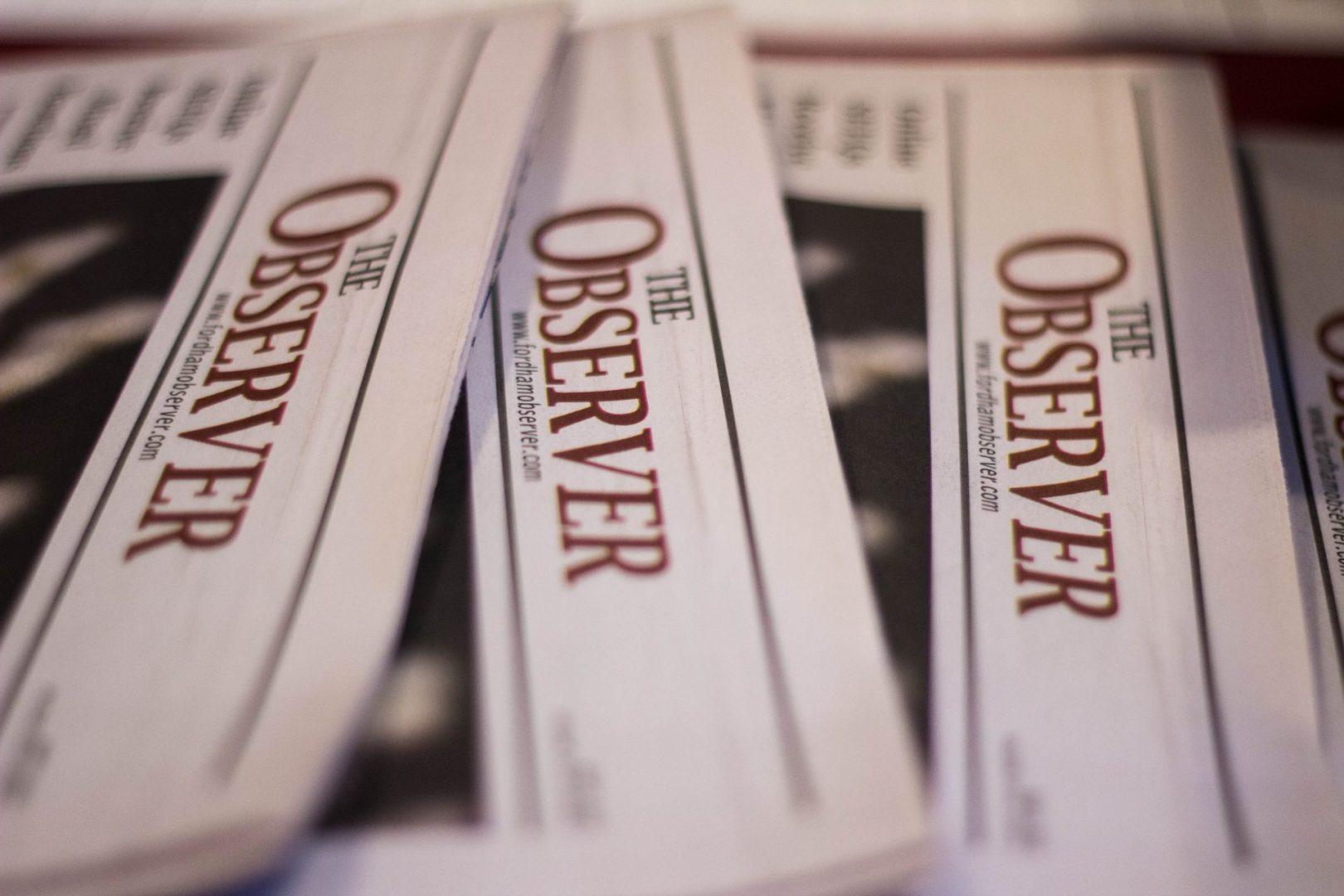Staff Editorial: Fordham Fails Black Students
February 6, 2019
In observance of Black History Month, it is worth analyzing Fordham’s own history when it comes to its black student body. It is no secret that Fordham has a disproportionately low black student population; according to its website, black students comprise only 4.4 percent of the undergraduate body. For an internationally recognized university in New York City — with its primary campus in the Bronx, no less — this rate is abysmal.
New York may be our campus, but it certainly doesn’t look like our school. According to recent census data, New York City is 24.3 percent black, while the Bronx, the borough hosting Fordham’s primary campus, is 43.7 percent black. Comparing these statistics to the barely 400 black students at Fordham is an embarrassment, and one that cannot stand.
The scarcity of the black student body has deep roots in racist policies and admission strategies specifically targeting black representation on campus, and the university has not done enough to address these wrongs.
On Dec. 5, 1968, The New York Times published the article, “Students Demand Voice at Fordham.” At the time, black students comprised only 1 percent of Fordham’s 6,000 undergraduate students. A series of protests throughout ’67 and ’68, including “sleep-ins” within Keating Hall and demonstrations outside of the deans’ offices, were directed at addressing a list of injustices regarding misused funding, tuition hikes and racism at Fordham brought to light throughout the late ’60s. Perhaps the most striking issue: a threat to rescind federal financial aid for black student organizers who had been involved in protests.
The demonstration in December, led primarily by black students, was a success. Fordham’s dean of Student Affairs at the time, Martin J. Meade, signed a statement pledging no financial action would be taken against student demonstrators. In addition, Fordham’s board of trustees made sweeping changes to the organization of the university.
The next year, black student organizers took matters a step further and demanded the creation of an Afro-American Studies program, which today is the Department of African & African American studies.
In spite of the gains earned by black students in ’68 and ’69, Fordham took action to curb student activism and black representation on its campuses. In the years following these events, as black and Hispanic New Yorkers began to move to the area surrounding Fordham in larger numbers, Fordham looked elsewhere. By the end of the 20th century, Fordham’s black enrollment stagnated at roughly its present level.
Fordham has not done what is necessary to correct this injustice. The recent Early Decision and Early Action acceptance data lay this issue plain: we can and must do better.
Currently, accepted students for the Class of 2023 have shown that Fordham is, once again, only accepting a black student body equivalent to roughly 4 percent. Acceptances are down for black students at every program besides Fordham College Lincoln Center — meaning every other undergraduate program will almost surely see even fewer black students next year.
In order for Fordham to become an institution that more black students consider, Fordham needs to offer competitive scholarship and financial aid options equal in significance to those offered to students from other marginalized groups.
At 14.4 percent, Hispanic students represent much more of Fordham’s student body. Fordham’s Scholarship for Semifinalists enables high-achieving, low-income Hispanic students to see attending Fordham as a reality by granting a full tuition scholarship to Hispanic students who score highly on the PSAT and SAT as a part of the National Hispanic Recognition Program.
Fordham never mirrored this opportunity for the National Achievement Scholarship Program, the equivalent honor for black students. Although this program was terminated due to a lack of funding in 2016, Fordham still has no reason it cannot create its own.
The legacy of Black History Month at this institution is stained by affronts to both the Bronx community and black students everywhere. Fordham has an obligation to create a more diverse student body, and we owe it to the legacy of the student activists from the late 60’s to fight for this future with the same spirit.











Cyril Rodriguez , Class of 1969 • Mar 28, 2019 at 9:29 pm
The struggle continues!
50years and counting.
Keep student activism alive!